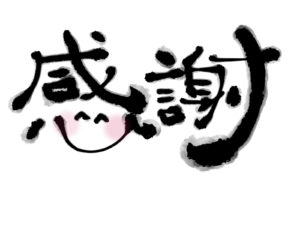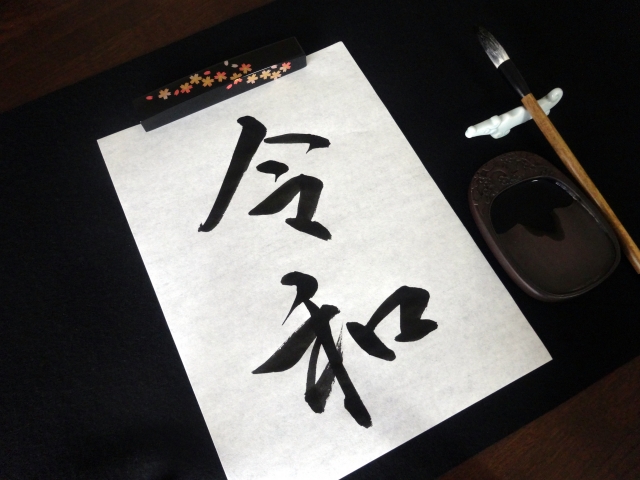On April 1, the Japanese government announced the new era’s name would be “Reiwa (令和).” According to the government, the English translation of the name is “beautiful harmony.” Interestingly, the translation was derived from the kanji characters rather than the sound, hiragana, or katakana.
Kanji characters tell the meaning visually and instantly
In Japanese, Kanji characters are used to convey the meaning of a word in a concise manner. For instance, the word for book reading is written as “Doku (読),” which means reading, and “Sho (書),” which means book. This is much more compact than writing the sentence “本を読む.”
Japanese people commonly use Kanji characters for both their family and given names. Family names like Sato (佐藤) and Suzuki (鈴木) often have roots in geographical locations or family history. Additionally, parents in Japan often use Kanji characters to name their babies.
In 2018, Meiji Yasuda Insurance Company conducted a survey on popular Japanese names for girls and boys. The top three names for girls were 結月, 結愛, and 結菜, while the most popular names for boys were 蓮, 湊, and 大翔. Parents choose Kanji characters with positive meanings that bring good luck and are easy to remember. The Kanji character 結 is a common choice for girls’ names, as it signifies connection and fruitfulness.
Kanji characters are also often used in artwork, such as the character 感謝, which represents appreciation and is depicted as a smiling face.

Kanji remains hard to pronounce
Mistakes in pronouncing kanji characters are common. For instance, the word for duplication in English, 重複, is often mispronounced as Juufuku instead of Choufuku. Despite this, the meaning of the word can still be understood by looking at the kanji. Fish names in kanji, such as 鯖(Saba), 鰹(Katsuo), 鮪(Maguro), and 鰊(Nishin), are also difficult to pronounce correctly.
Kanji features high-context culture
Kanji characters can convey a deeper meaning without the need for lengthy explanations, making them a useful tool for communication. However, it is important to note that not everyone may understand the full meaning behind a Kanji character, so clear explanations are still necessary. Learning about the meaning and context of a Kanji character can be a great starting point for expanding your knowledge.
